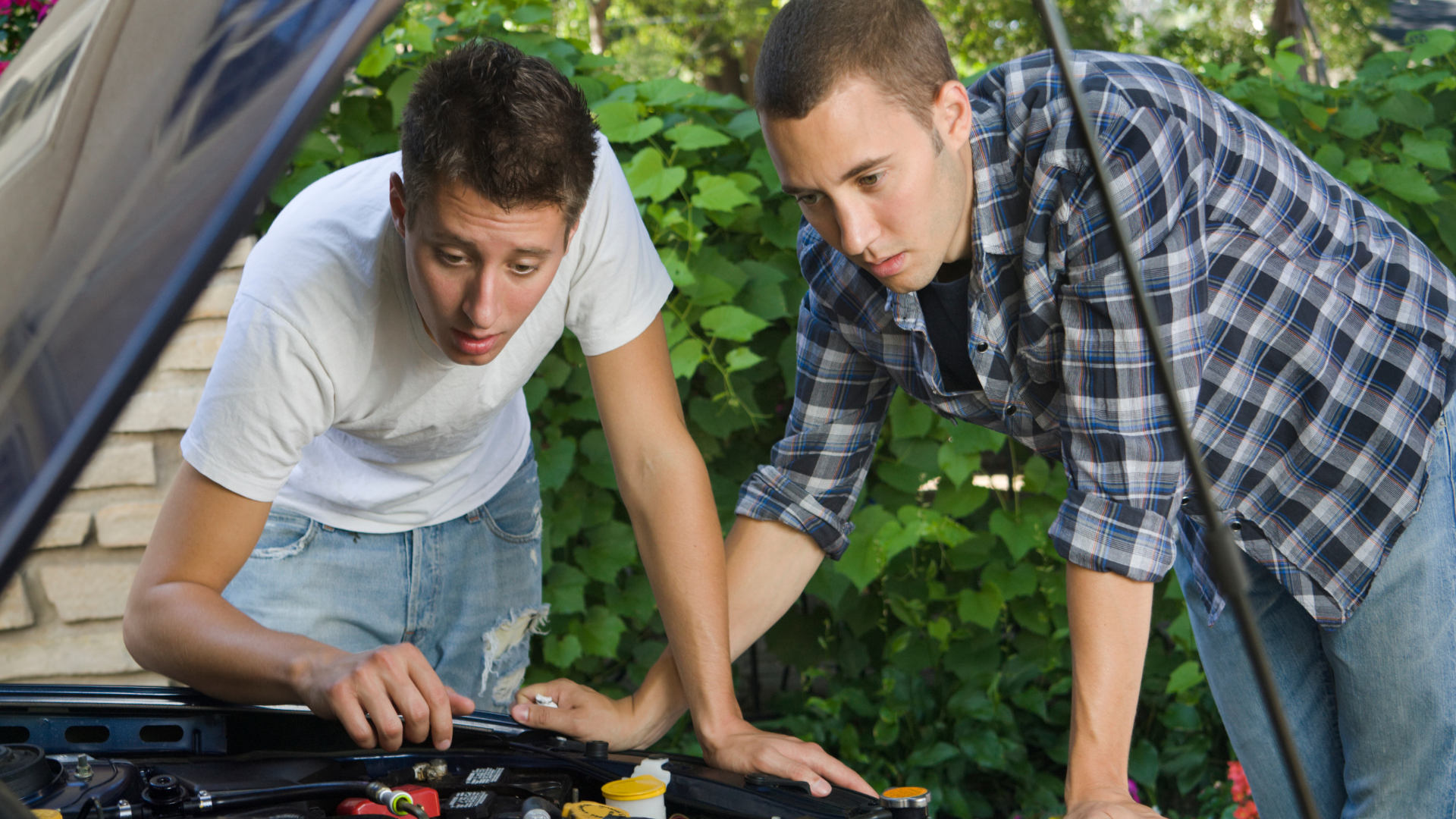Even the best cars don’t go 500,000 miles without needing some degree of service. There are things you need to do in your daily life that can lengthen the lifespan of your car. While it may seem like more to do, car maintenance can be more manageable than you think. Car maintenance can help ensure your needs as a driver and the needs of your vehicle are being thought of.
But what is car maintenance? And what do you need to know? We’re here to explain.
Owner’s Manual
Reading the owner’s manual for your car is the best way to understand the basics of car maintenance. This will provide information on everything from correct tire pressure to oil maintenance. The manual should tell you what type of oil to use when to change it, and other maintenance procedures. It will also have information about recommended service schedules to keep your car in good condition. You should also be aware of the warning signs that state it’s time for service. Be sure to check for things like low brake fluid levels, oil leaks, worn tires, and dashboard warning lights.
Knowing these basics will help you keep your car running in great condition.
Checking Fluids
Maintaining your vehicle is critical, and knowing the fundamentals of the various checks is essential. You should check the levels of the fluids, including the oil, coolant, brake fluid, and power steering fluid. The oil must keep at the correct level and changed as recommended by the car manufacturer. The engine shouldn’t overheat, hence coolant levels should always be full. You also want to ensure your brake fluid and power steering fluid are at the right levels. You can usually find these levels in the dipstick or some in a designated reservoir under the car hood. Additionally, if the fluid looks dark and murky, it is time to replace it with fresh, clean fluid. Checking fluids is an important part of car maintenance and it is a task you can do yourself in moments.
Checking Your Tires
Understanding the basics of car maintenance with regard to checking your tires is important for proper care and safe driving. Tires must check for optimal performance. Look for wear and condition, and ensure that the tire pressure is set within the manufacturer’s recommendations. If the tire pressure is lower than the recommended, it must fill up with an air compressor or at a tire service station. It is necessary to replace a worn-out tire. Swapping the position of the front and rear tires can prevent excessive wear on one side.
Also, the tread depth of your tires is essential to check. A handy tool to use is a penny. Stick the penny into a tire tread groove and make sure the top of Lincoln’s head touches the tread. If the tread is higher than his head, the tire is safe to drive on. If it is lower, it is time to consider replacing your tires.
Checking the Brake System
To check the brake system, you need to know the basics of car maintenance. First, inspect the brake pads and rotors for any obvious signs of wear or damage- and make sure that the brakes are free of grime or oil. Second, you should check the brake fluid to make sure the reservoir isn’t empty or too low. Third, inspect the brake lines and hoses for any leaks or worn spots. Finally, ensure that the brake calipers are in good working order. If any of these brakes do not pass the visual inspection, it’s important to immediately take your car to a certified mechanic to get them repaired.
These actions give you a safer, more effective ride.
Know the Basics of Car Maintenance
Car maintenance can be intimidating, but understanding the basics is essential to keeping your car running. With the right knowledge, thanks to the owner’s manual. With a bit of effort, such as checking fluids and checking your tires. Also, by checking the brake system, you can be sure to keep your car running in top condition. So what are you waiting for? Start researching and learning the basics of car maintenance today!
If you loved these tips or need a regular or urgent car service, check out our services page, and get in touch with any questions you have.





